COFFEE: THE JOURNEY FROM THE SEED TO YOUR CUP
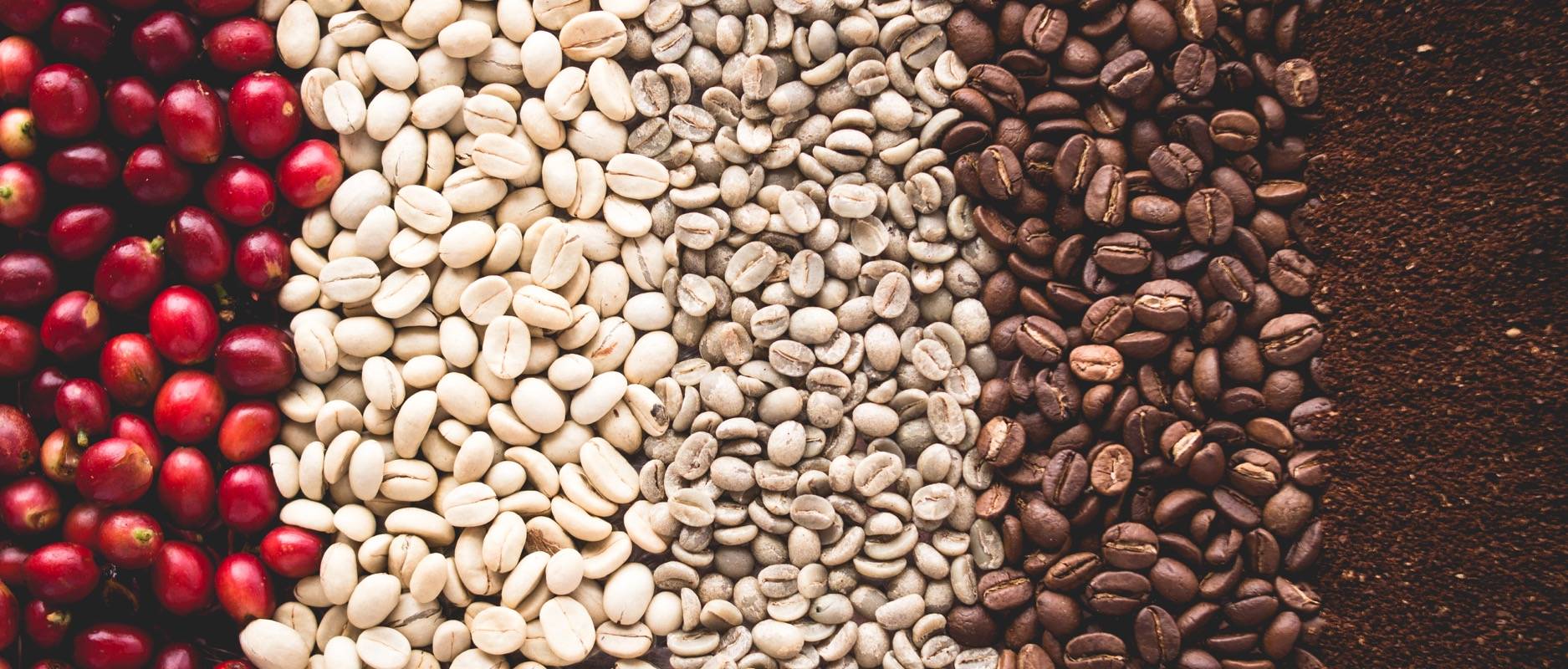
Have you noticed that more and more people are starting to show signs of interest in the origins of the coffee they are drinking? This new-found interest is the direct result of the Specialty Coffee movement and how the coffee industry is becoming a more sophisticated one.
Coffee lovers like us, these days have access to higher quality coffees and so, we are starting to distinguish the kind of coffee we like, and that is why we start asking; where does this coffee come from? What is the type of bean? Is it an Arabica or a Robusta?
In this article, we will give you an explanation of how coffee beans become that drink which we love some much. Starting from the very beginning and all the way to that nice first sip of your morning coffee.
This article explains each of the steps:
The Seed
As with wine, coffee trees have specific latitudes in which they can thrive and produce high-quality beans. This area is found along the equator and it is known as “The Bean Belt”, it is located between 25 ° North and 30° South.
Arabica grows at high altitudes with mineral-rich soil and it is a more delicate plant compared to the Robusta as it needs more care and milder temperatures. Robusta on the other hand, as its name implies it, is a heartier and tougher plant which prefers hotter climates and does not need as much altitude as Arabica.
As you may know, the coffee we drink comes from a fruit called “Coffee cherry”. Inside it, there is a seed which goes through various processes to be transformed into our beloved coffee.
The seed is also known as “Coffee Bean”, and in its natural state its color is a light-green and some times yellowish depending on the type (Arabica or Robusta)
As you can see in the next image, Arabica and Robusta beans have some differences, while Arabica is a little bit longer and oval shaped, Robusta is smaller and rounder.
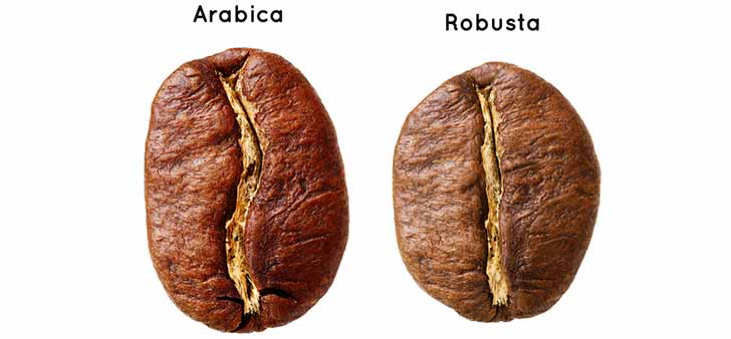
The Tree
As previously stated, the coffee bean is actually a seed. When it is processed (pulped, roasted and ground) it is used to brew coffee, otherwise, it is like every other seed and it can be used to grow coffee trees.
Coffee plants usually start as seedlings in shaded nurseries, with specifical conditions to help them grow healthy and strong. They will be watered and kept safe from the elements until they are strong enough to be planted. Coffee seedlings will remain up to 15 months in a nursery before they are ready to be taken to their permanent setting.
Planting normally takes place during the rainy season, so the earth it is planted in remains wet and soft while the plant’s roots get firmly set. It usually takes up to 4 years before a newly planted coffee tree starts bearing fruits (Coffee Cherry).
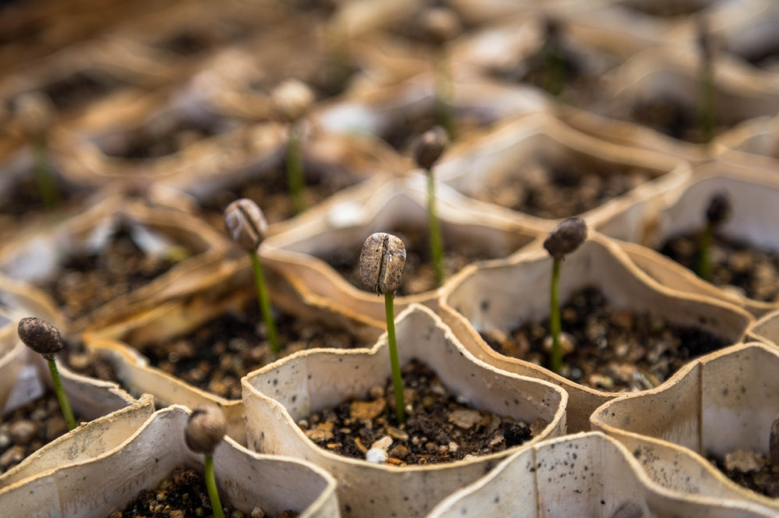
The Cherry
As you can see in the image below, the coffee cherry is a complex fruit made up of different parts, eventually arriving all the way to the green coffee bean that is utilized for brewing coffee.
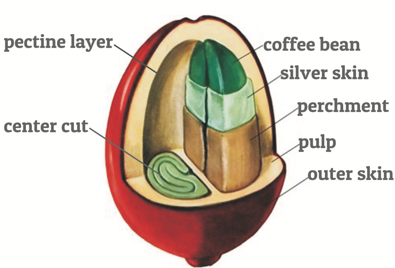
Flowers will come and fall off the coffee tree before the cherries start developing. It takes a total of 9 months for coffee cherries to be fully mature and ready for harvesting
Coffee cherries start out green and turn bright red, orange or yellow when fully mature depending on the variety.
Ever wondered how a coffee cherry tastes like? Just a hint, it does not taste like the beverage. Although experienced farmers can tell the variety just by tasting the cherry, the flavor is very different from the beverage because of all of the processes that the coffee bean goes through.
Its flavor depends on the variety, but a common trait is that all of them are sweet as honey. Some of them taste like mangoes, other like berries and other more herbal-like, and if the process is well done, some of the traits will be transferred to the beverage.
The Harvest
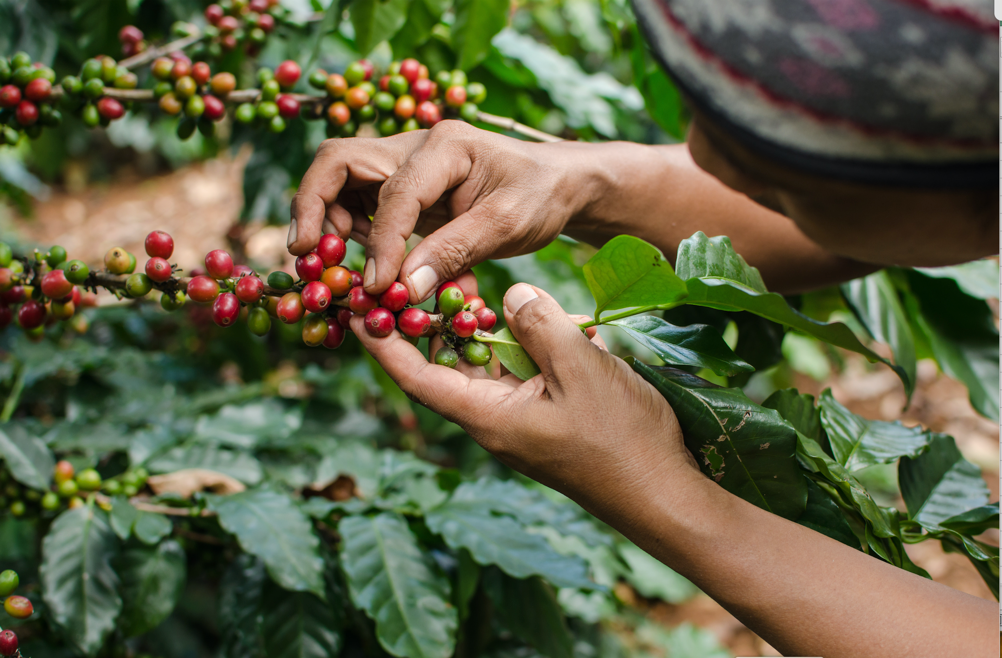
There are two main types of harvesting: Selective picking and Stripping.
Selective picking is the most used method in high-quality coffees, this kind of picking is done exclusively by hand. Experienced farmers choose only the perfectly mature cherries and leave the other ones to let them mature further.
Stripping can be done either manually, with mechanical strippers or with large-scale harvesting machines. Contrary to the selective picking, this method does not give importance to the maturation state of the cherries, it focuses on speed/low-cost rather than quality, the results will be cherries in all stages of maturation that will have to be divided in order to avoid mixing them up.
The processes
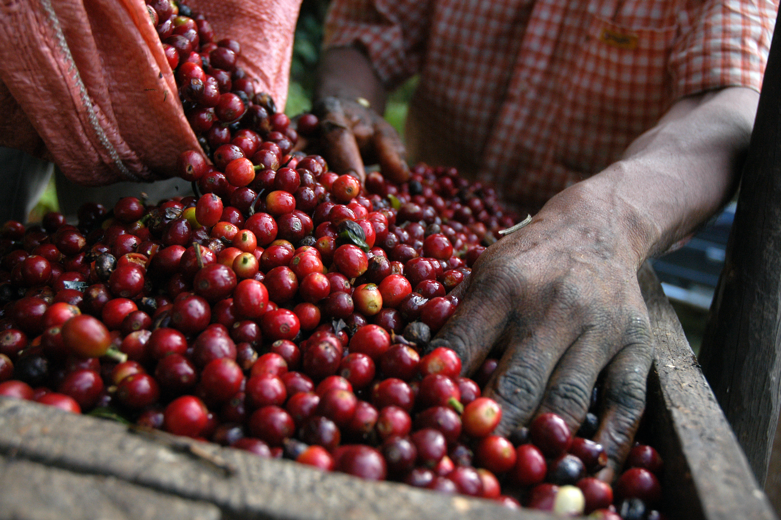
There are three main methods for processing the coffee cherries after they have been harvested: Washed, Dry (Natural) and Honey.
WASHED
The washed method consists of separating the fruit from the bean as cleanly as possible utilizing water as a cleaning agent. In this method, the main protagonist is the bean, by separating the fruit from the bean, this method is a great way to appreciate the true characteristics of a single origin coffee.
One drawback of this method is that it produces a lot of water-wastage, although many producers are experimenting with new techniques which highly reduces the water usage and optimizes productivity.
Some Washed coffee to taste…
DRY / NATURAL
This process, also known as the natural process, is the traditional method that has been used for centuries and it was first used in Ethiopia.
In this method, coffee cherries are left to dry in the sun before separating the fruit from the bean.
One of the problems with this method is that low-quality producers mix unripe fruits alongside ripe ones, it creates an inconsistency in the flavor, and that is why this method is being considered a low-quality one.
This method is cost effective as it doesn’t need any investment such as the washed method. The only condition is that there has to be enough sunlight during this period for achieving a successful drying.
The dry method can achieve, if well done, very interesting notes of flavors and aromas because the beans with the drying process manage to absorb some of the sweet and fruity qualities of the cherry.
Another positive trait of this method is that it is the most eco-friendly one of the processes, as it only utilizes sunlight and no other raw materials.
Some Natural coffee to taste…
HONEY
This is a half-way method between dry and washed because it uses water to remove must of the fruit, but it leaves the mucilage or “honey” and then it is left out to dry in the sunlight.
In this process, a balance can be achieved between the sweetness of the fruit and the original properties of the bean.
The honey method is used a lot in coffees from Costa Rica and some subcategories have been developed (Yellow, red, golden, black and white).
Some Honey coffee to taste…
WHAT IS THE BEST METHOD?
The correct answer should be; the one you like the most, as each method has a set of different characteristics that can please all types of palates.
But sometimes coffee producers cannot choose the method, for example: if there is not a lot of water available because it wasn’t a rainy year, then they will have to go with the dry method or on the contrary, if there is a lot of rain and humidity it will be impossible to dry in the sunlight so they will have to choose a washed method.
And when you can’t choose…
The Roast
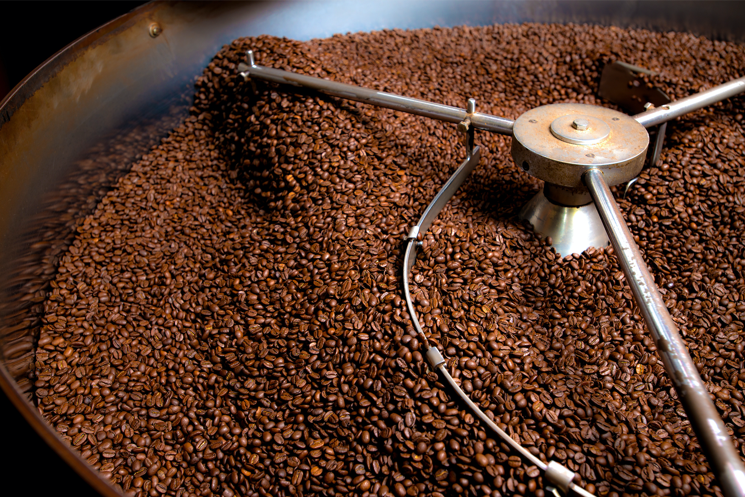
It is thanks to the roasting process that we get that distinctive dark color of our beloved drink
This process, in our opinion, is 50% art and 50% science as roast masters have to experiment but also have a great sense of how each coffee will behave with the different temperatures.
This step is crucial for achieving a great beverage, as a difference of a few seconds or a few degrees can separate an exceptional coffee from a mediocre one, so that’s why we at Essense only work with real artisans that are the best of their kind.
To be able to make a perfect roast you need a lot of experience, you need to have a flawless time and temperature control, and you must be able to recognise how to bring out the best of coffee.
TYPES OF ROASTS
There are three main types of roasts: light, medium and dark, these have many subcategories.
LIGHT ROASTSight roasts
Light roasts are achieved through a roasting temperature that ranges from 180°c to 210°C. Around 205°C, coffee beans will pop much like popcorn, this “pop” is called the first crack, and light roasts usually don’t go beyond this first crack.
Light roasts have more acidity than the other roasts, they have a light-brown color and conserve much of the bean’s caffeine.
MEDIUM ROASTS
Medium roasts are achieved through a roasting temperature that ranges from 210°C to 230°C. In the darker spectrum of the medium roasts, there will be a second crack, but they tend not to go beyond that.
Medium roasts have a balance between the body and the flavors, they have a medium-brown color and have less caffeine than lighter roasts.
DARK ROASTS
Dark roasts are achieved through a roasting temperature that ranges from 230°C to 250°C. They usually go beyond the second crack.
These kinds of roasts have a fuller body and a smokey taste, they have an almost black color and have less caffeine than the other types of roasts.
In the next image you can observe the different types of roasts starting from a green coffee bean all the way to a full dark roast.
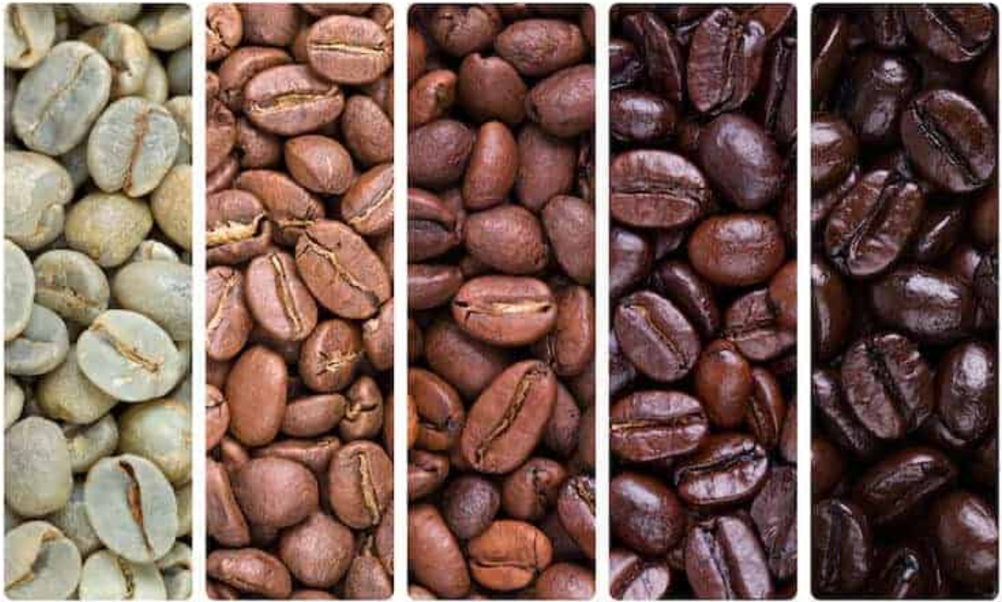
The Grind
There are three main types of Coffee Grind: Coarse, medium and fine, these have many subcategories.
The type of grind will vary depending on the brewing method being used, so if you ask your trusted barista, he or she will tell you what type of grind is needed for your beverage.
Remember that if you are brewing at home, you should make sure to purchase the right kind of grind. Otherwise, you could buy whole-bean coffee and grind it yourself, this way you will be sure that is the right grind for your coffee-maker and you will be able to experiment with different grind variations to find the right one for you.
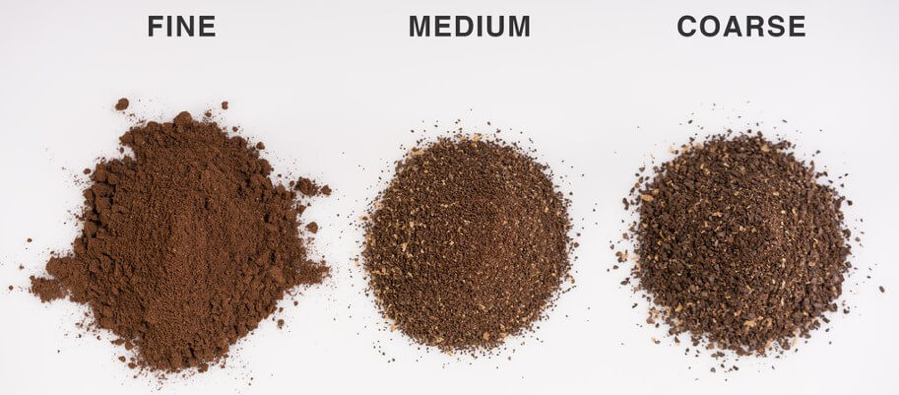
The Brew
There are many different brewing methods which you can choose depending on the beverage you desire, there are four brewing categories:
POUR-OVER
This method consists of passing hot or cold water through coffee while being filtered at the same time. The coffee makers that work with this method are:
- V60
- Chemex
- Cold Dripper
- Electric Percolator
-
PRECISION
WILFA -
SIX CUP CLASSIC
CHEMEX -
V60 02 CERAMIC
HARIO
STEEPING
Also known as the immersion method, it consists of mixing hot water and coffee and separating the wet coffee grinds from the coffee. The coffee makers that work with this method are:
- French Press
- Clever Dripper
- Coffee Bag
- Cold immersion
-
CHAMBORD FRENCH PRESS
BODUM x ESSENSE
PRESSURE
This method utilizes air pressure to brew coffee. The coffee makers that work with this method are:
- Aeropress
- Syphon
- Moka Pot
- Espresso Machine
BOILING
This method is the oldest one in the book, and it consists as you may have guessed, on boiling water with coffee to obtain the beverage. The coffee makers that work with this method are:
- Café de Olla
- Cowboy Method
- Turkish Coffee
Well there you have it, a thorough guide in the journey of coffee from the seed to your cup, next time you enjoy a cup of coffee remember that it is a product that has come a long way, distance and process-wise.
If you have any questions or comments please leave a comment below! We are more than happy to answer to each and every one of you.
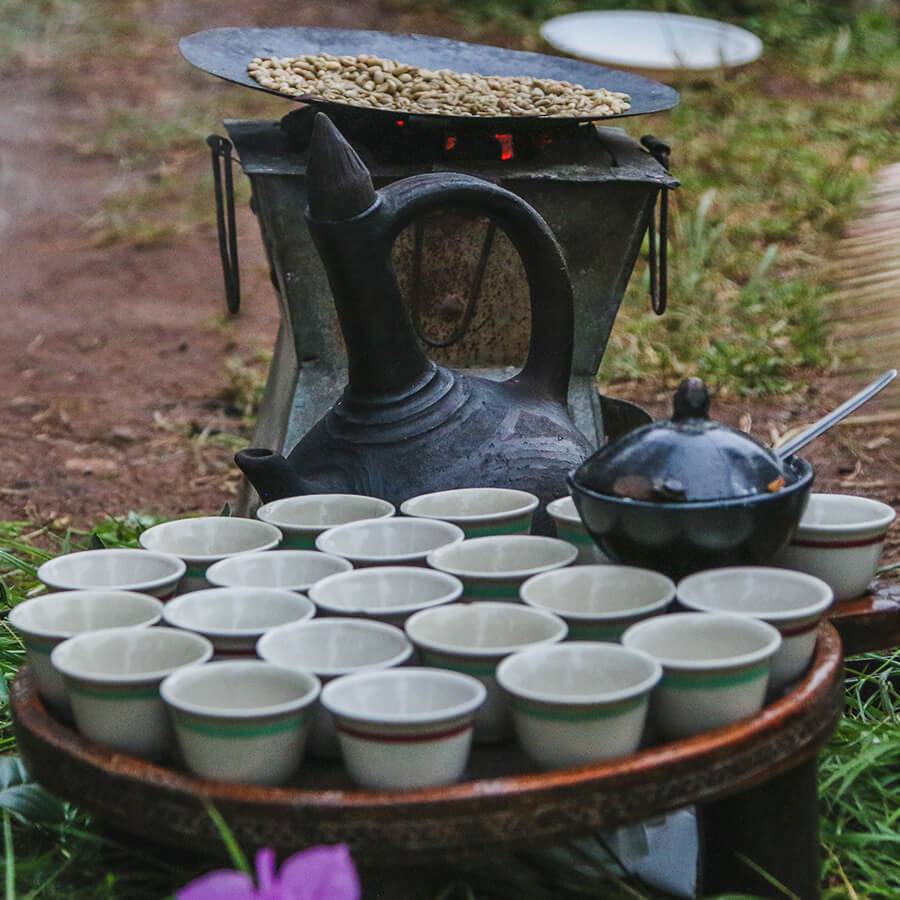

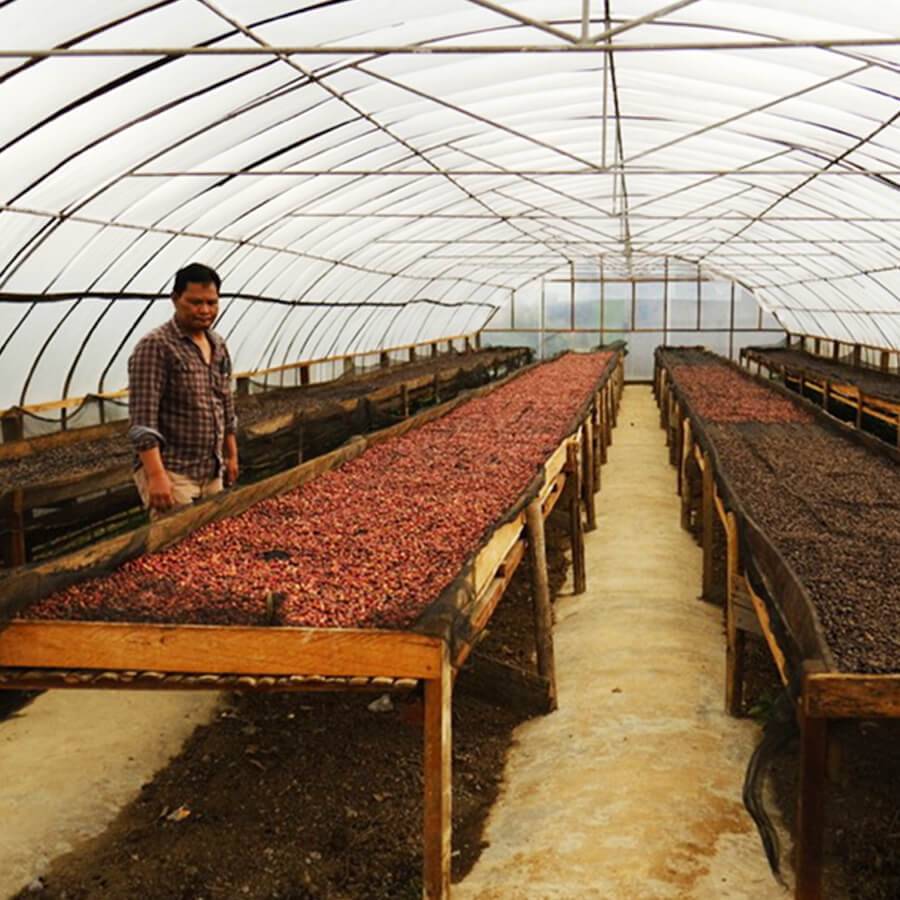


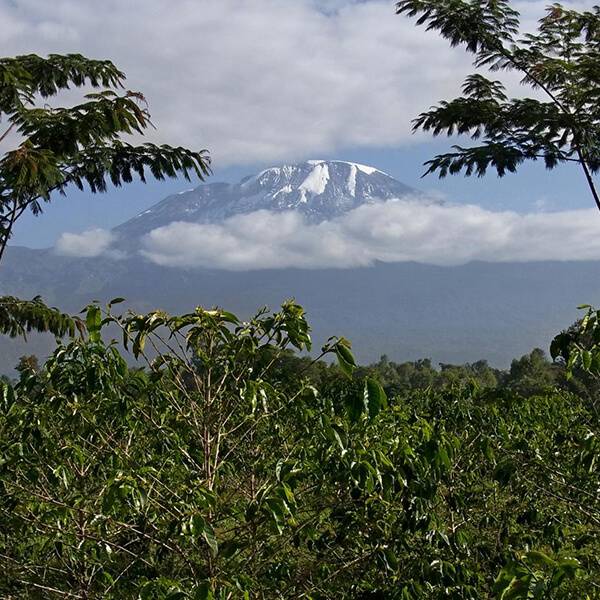
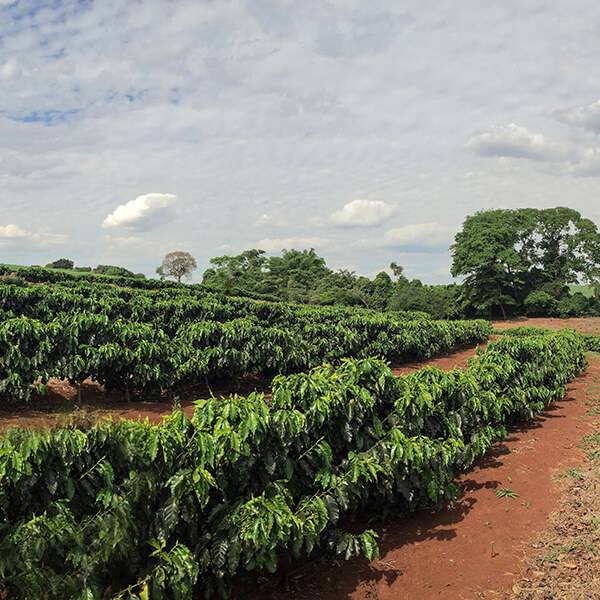

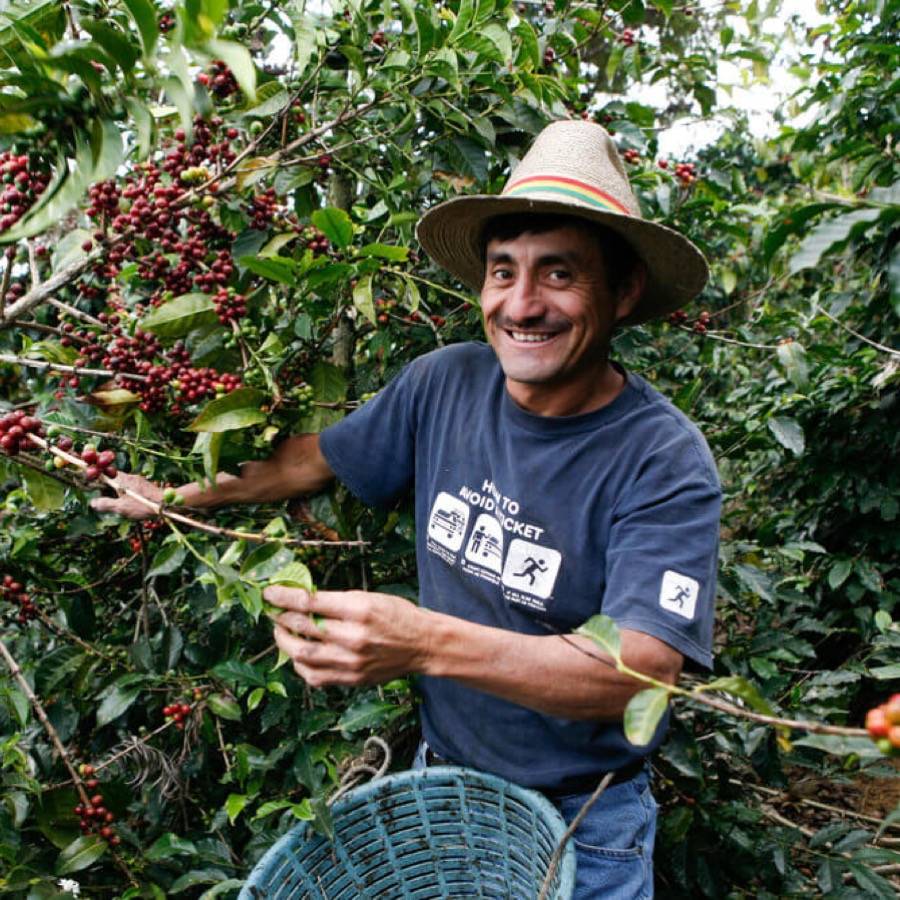
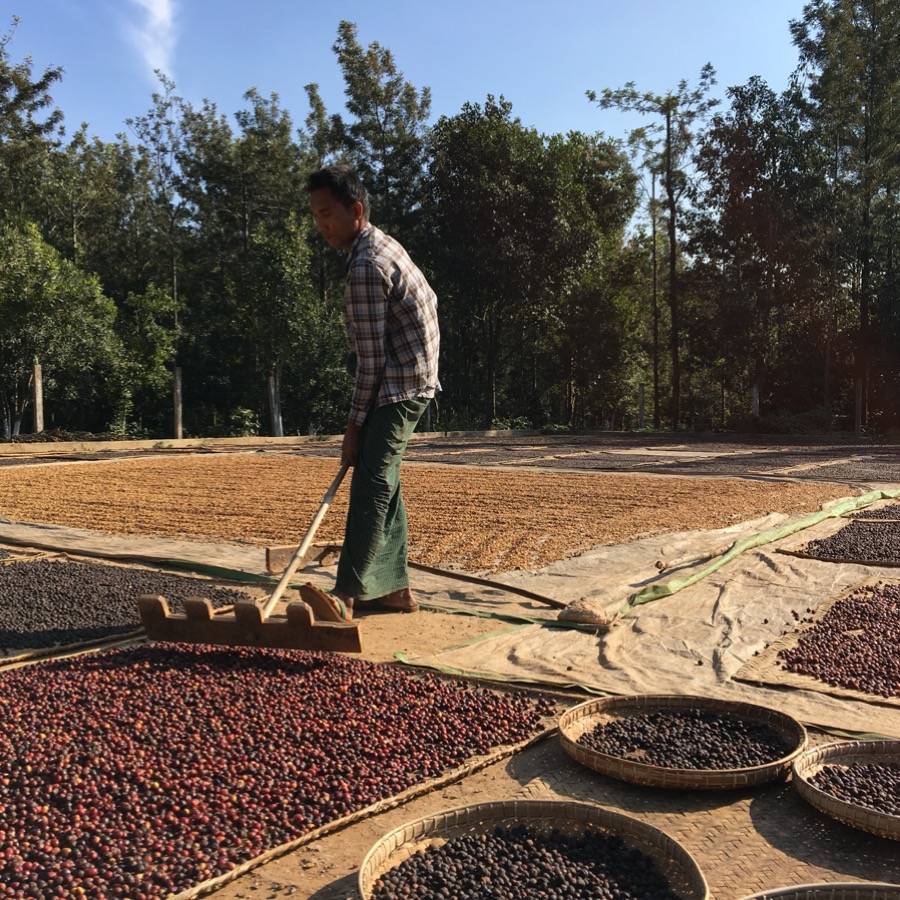
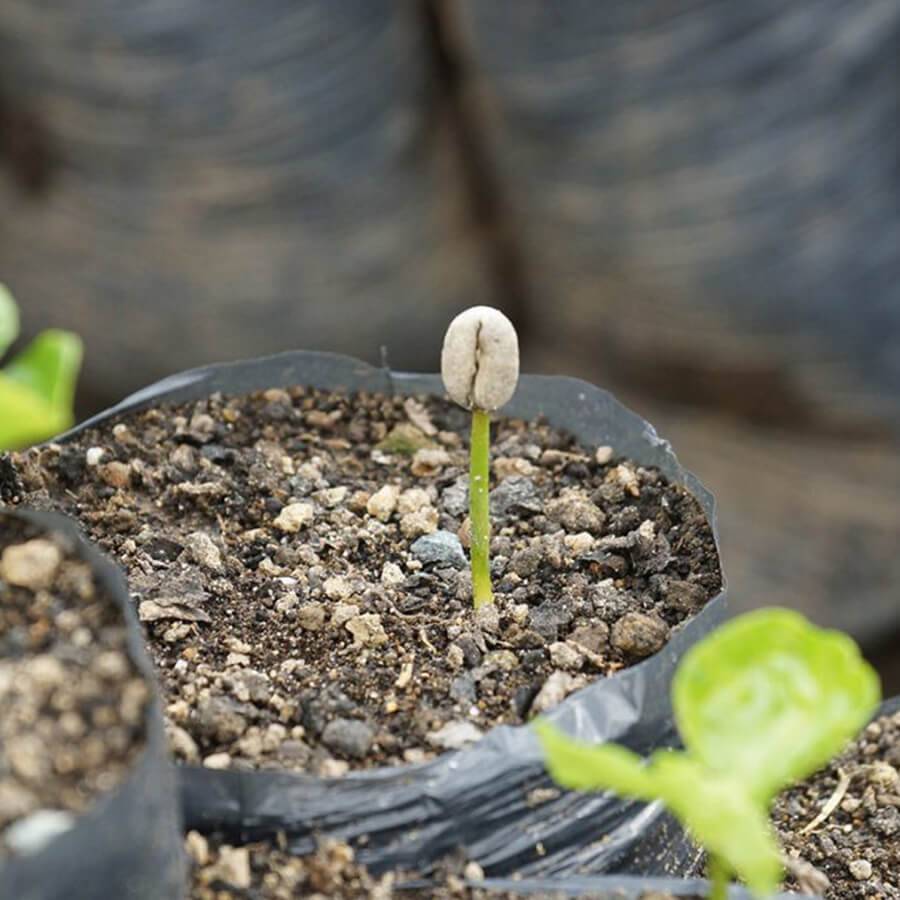
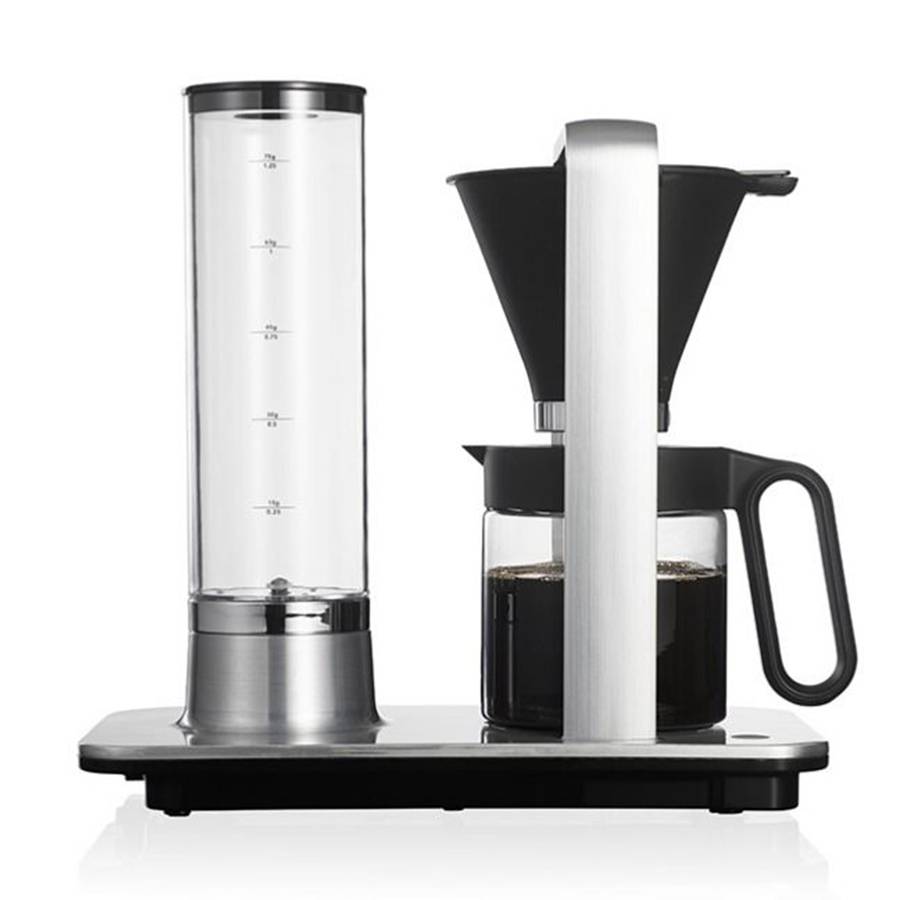
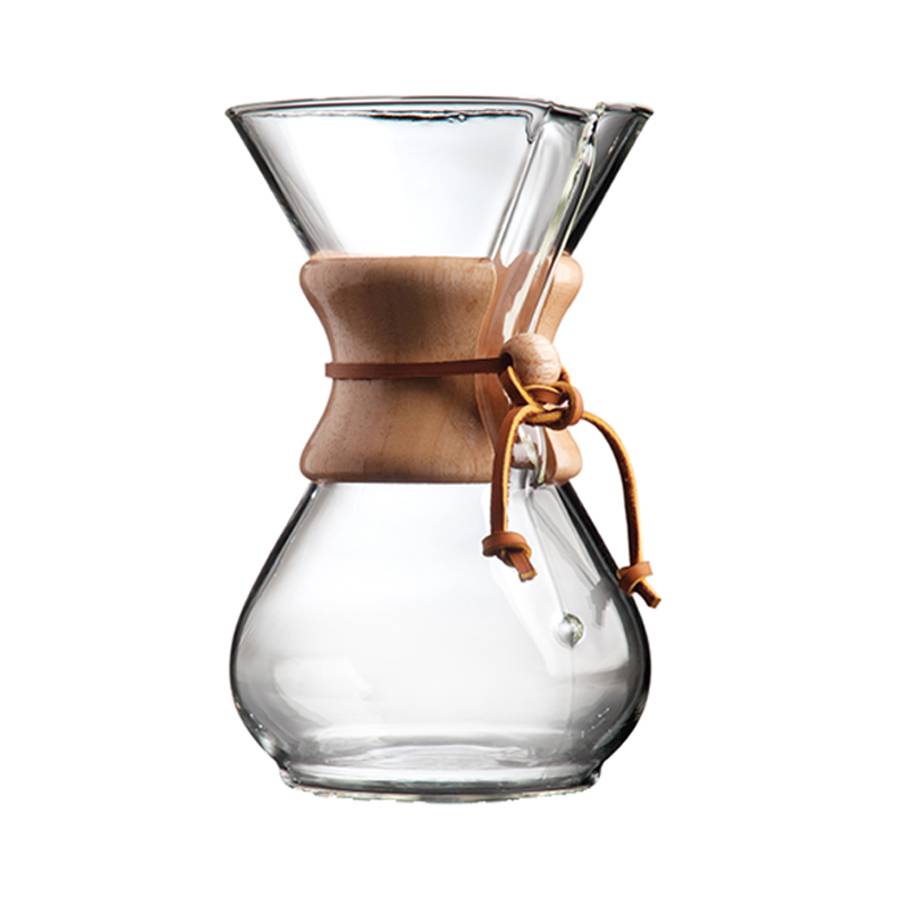
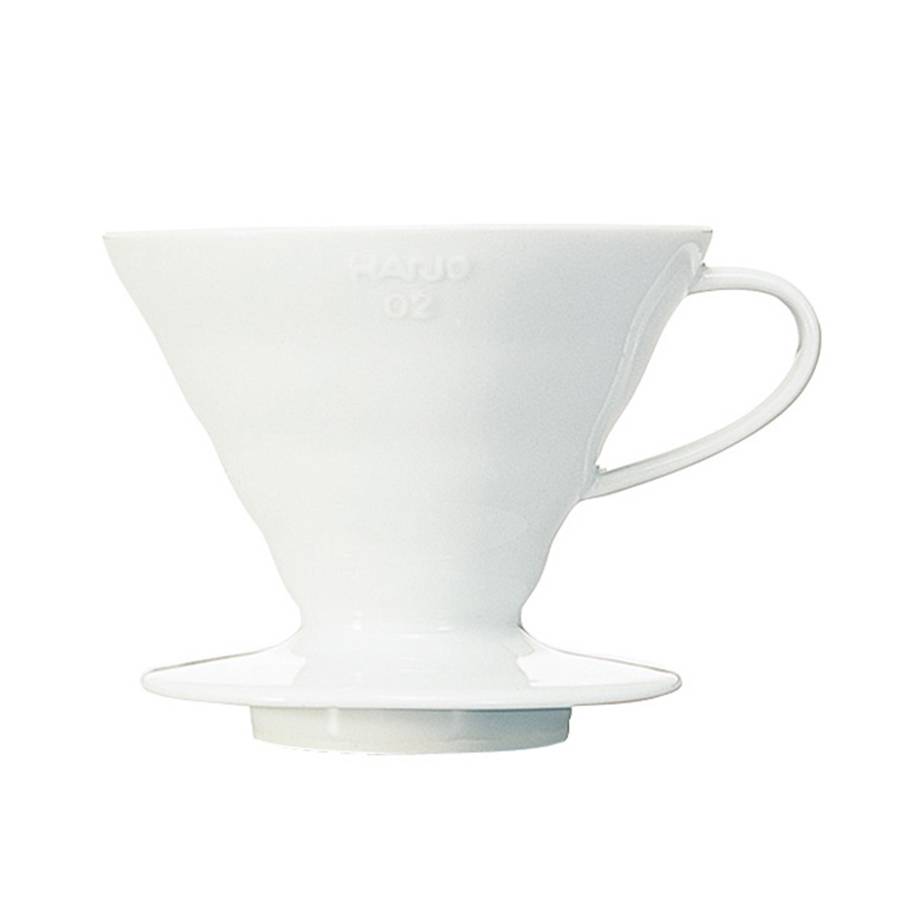

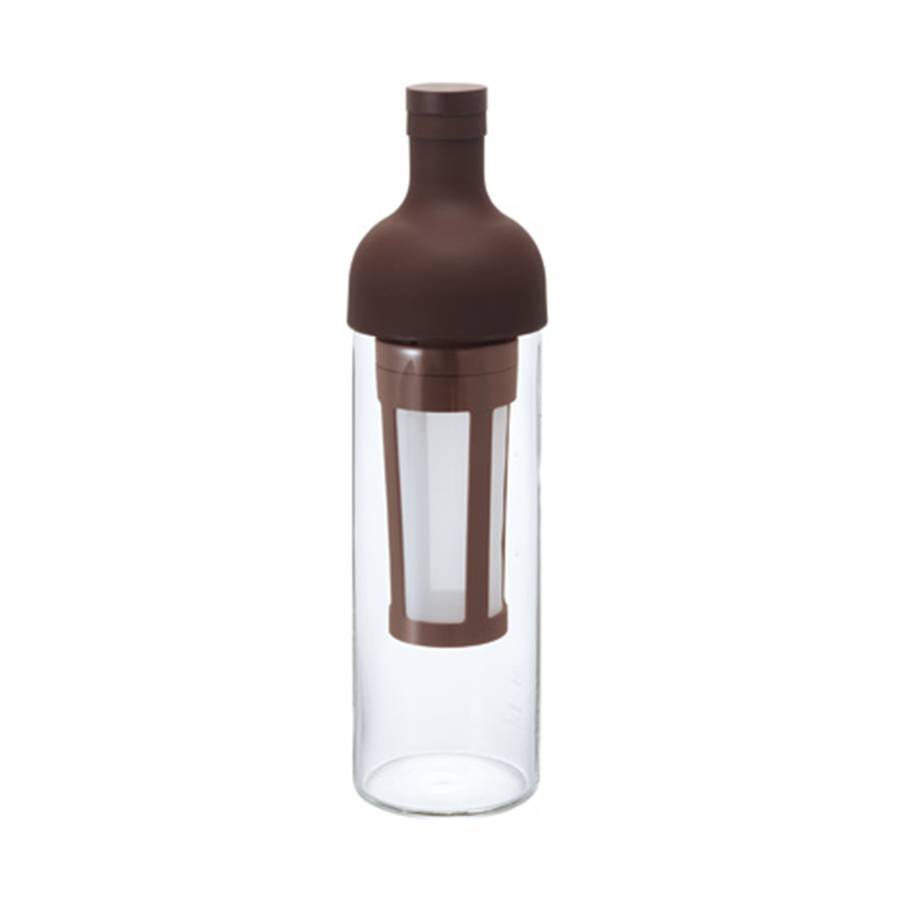
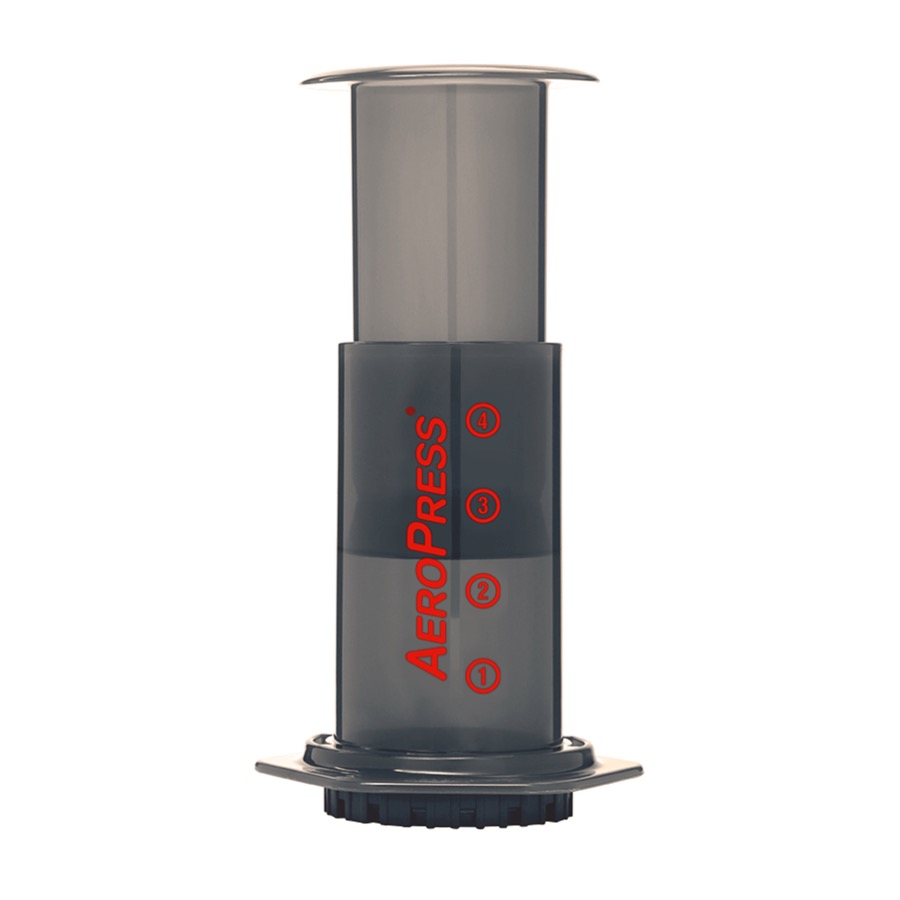
I made a perfect Sumatran roast on my first try. I’m on my third and the flavor is consistent with the last. I do have a gift of making great tasting food by adding ingredients spices and cooking all by using my senses. I started roasting on a whim(and a budget). the result is coffee that I can once again enjoy.
Very informative article. The journey of coffee greatly summarized here. When I was building my website, I took inspiration from your articles.